Throughout history, ancient cultures around the world have left behind fascinating remnants of their past in the form of stone circles and monoliths. These massive, carefully arranged stones served as more than mere markers in the landscape—they were tied to complex rituals, astronomical observations, and sometimes burials. While the exact purpose of many of these structures remains shrouded in mystery, their existence speaks to the ingenuity and spiritual depth of the societies that built them. From the towering stones of Scotland to the enigmatic circles in Africa, each site offers a unique glimpse into humanity’s prehistoric connection with the earth and the cosmos.
Calanais Standing Stones – Scotland

The Calanais Standing Stones, located on the Isle of Lewis in Scotland, predate the famous Stonehenge by nearly 2,000 years, making them a significant archaeological marvel. This stone circle consists of 12-foot-tall monoliths arranged in a central cruciform pattern. The exact purpose of this site remains unclear, though many believe it functioned as an astronomical observatory aligned with the movements of the sun and moon. Interestingly, local legends claim that the stones are actually petrified giants, cursed by a saint who believed they were evil spirits. The site’s alignment with lunar and solar paths has fueled ongoing studies into its potential role in ancient rituals. Some of the stones are remarkably similar to those found at other Neolithic sites, suggesting a shared cultural significance across ancient Europe.
Rujm El-Hiri – Golan Heights, Israel
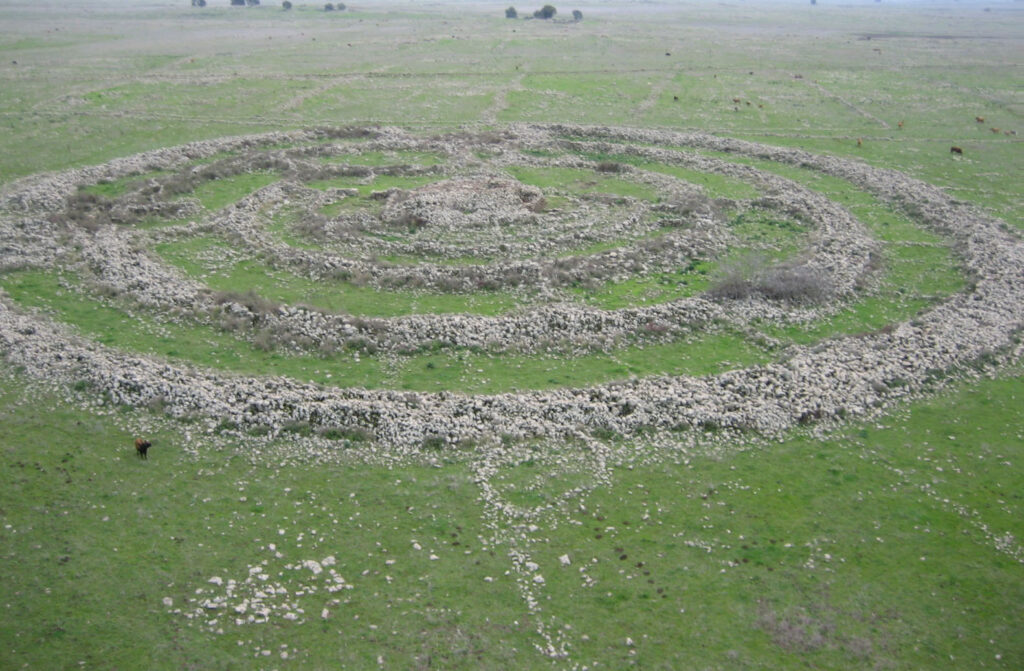
Rujm El-Hiri, located in the Golan Heights, is a vast stone structure made up of five concentric circles, with the largest standing eight feet tall. Dating back to the Early Bronze Age, this site is believed to have served as a burial ground, with a 15-foot central mound marking the tomb. Theories surrounding its purpose vary from it being a celestial calendar to a ritualistic or funerary site, yet its exact origins remain unknown. What makes it particularly peculiar is the sheer amount of basalt used in its construction—over 40,000 tons. Its strategic location on a plateau filled with dolmens adds another layer of mystery, making it a key site in the study of Levantine megalithic culture. The complex engineering and layout imply that ancient builders had extensive knowledge of geometry and astronomy, though the site’s ultimate purpose continues to elude scholars.
Rollright Stones – England

The Rollright Stones, located in Chipping Norton, England, are a collection of megalithic monuments made from Jurassic limestone. This site is divided into three distinct sections: the Whispering Knights, King’s Men, and the King Stone, each dating to different periods between 3800 BCE and 1500 BCE. According to local legend, the stones are a petrified king and his army, cursed by a witch. The King’s Men circle, made up of approximately 70 stones, is known for its strange inability to be counted the same way three times. The Whispering Knights were likely part of a funerary monument, while the King Stone may have served as a marker for a burial ground. The varying uses and the rich folklore surrounding the Rollright Stones make them a unique blend of archaeological mystery and mythological lore.
Odry Stone Circles – Poland
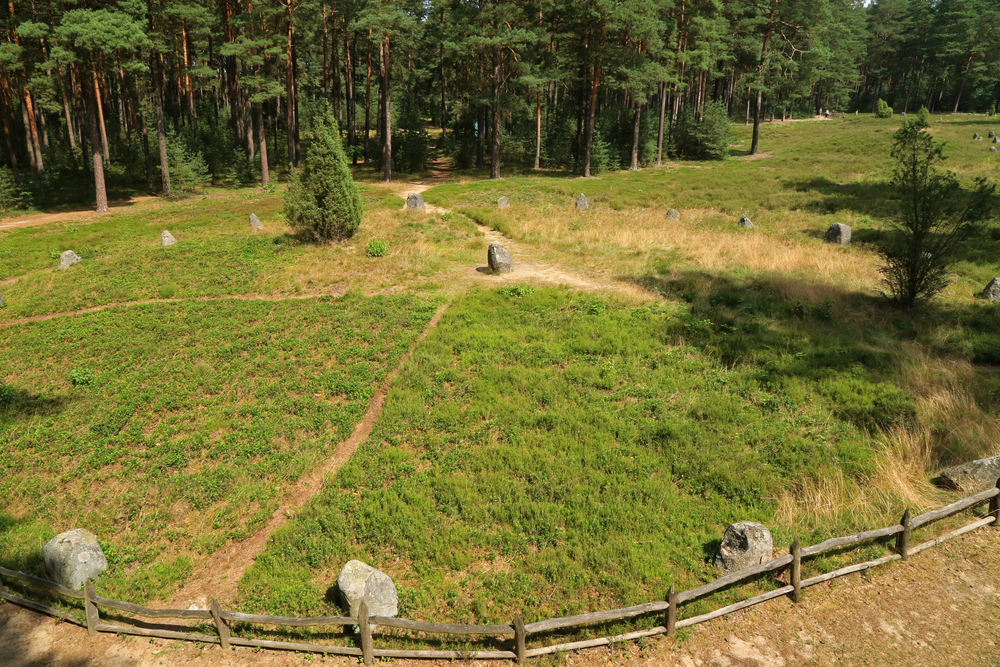
Nestled within the forests of northern Poland, the Odry Stone Circles form part of one of Europe’s largest megalithic complexes. These Iron Age circles, associated with the ancient Goth and Gepid cultures, consist of up to 29 stones arranged in concentric patterns, with central monoliths standing larger than the rest. Excavations have uncovered burial mounds with multiple human remains, adding to the belief that the site served both funerary and ceremonial purposes. What makes these particularly intriguing is their astronomical alignment, which some believe was used for celestial observation. The proximity to other megalithic sites in Poland, such as those in Węsiory and Grzybnica, points to a broader cultural significance of these circles, suggesting they may have been interconnected through a shared ancient European ritual practice.
Sine Ngayène – Senegal
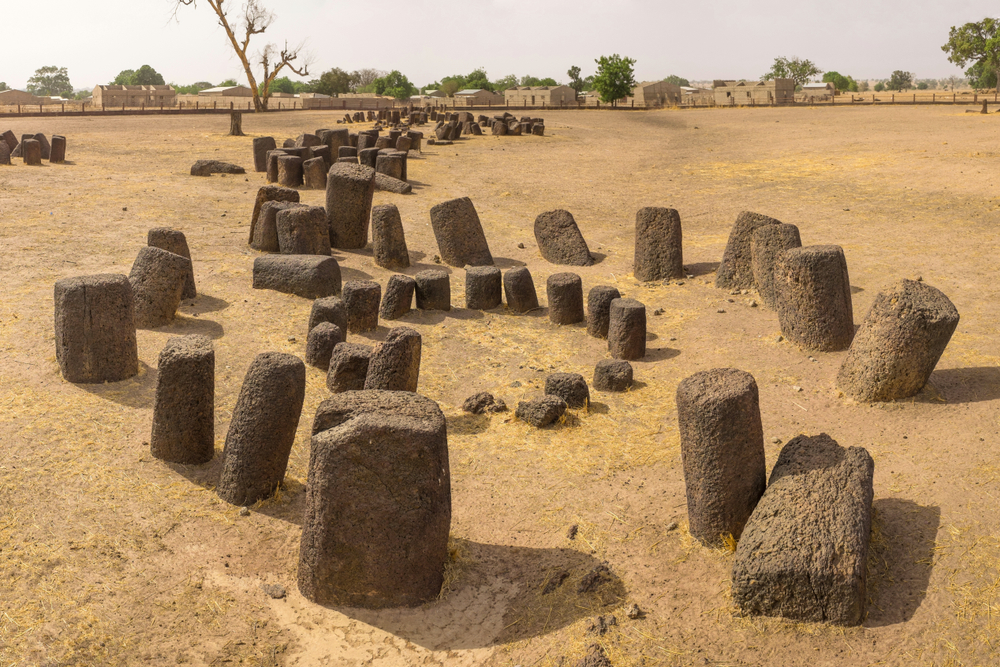
The Sine Ngayène site in Senegal is the largest megalithic complex in the Senegambia region, with 52 stone circles and over 1,100 monoliths. Dating between 700 and 1350 CE, these circles were likely used as burial sites, with archaeological excavations uncovering human remains and burial artifacts. The stones were quarried nearby, with some weighing several tons, suggesting a highly organized society with advanced engineering skills. The circular arrangement of the stones and their alignment with celestial bodies have led some researchers to believe the site also had ritualistic and astronomical purposes. Its size and scope make it a vital site for understanding West African prehistoric cultures, particularly those centered around ancestor worship and funerary practices. Its designation as a UNESCO World Heritage Site underscores its importance to world archaeology.
Wassu Stone Circles – The Gambia
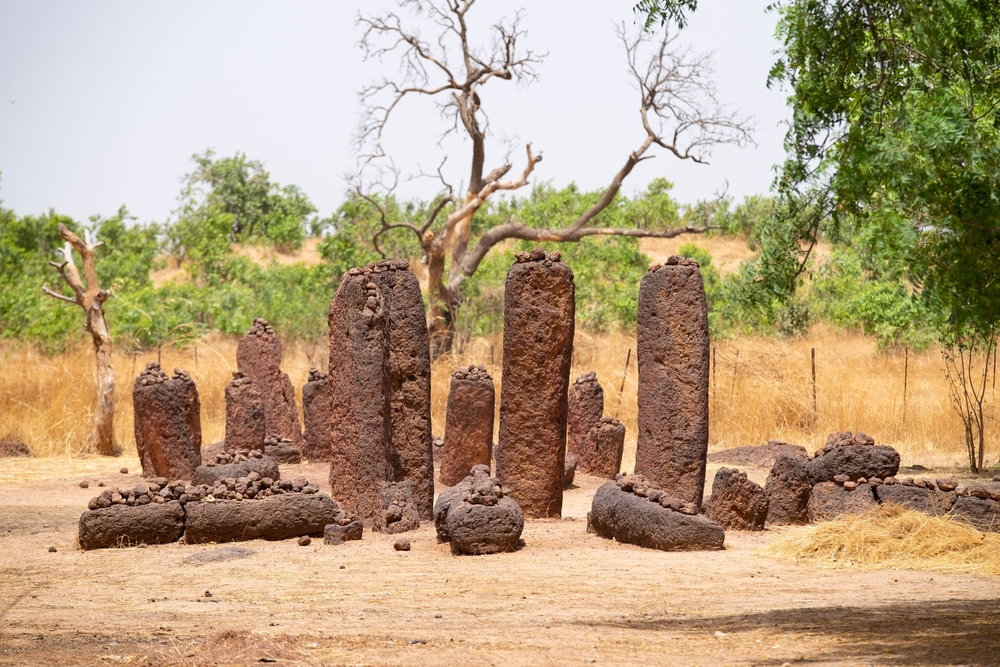
The Wassu Stone Circles, located in The Gambia, form part of the greater Senegambian stone circle complex and are believed to date back to between the 3rd century BCE and the 16th century CE. Comprising roughly 11 stone circles, this site is known for its symmetrical arrangement of laterite stones, some standing over two meters tall. Archaeological excavations have revealed burial mounds at the center of many circles, suggesting their primary use as funerary monuments. The layout and construction methods remain an enigma, though some scholars argue the site was also used for rituals linked to ancestor worship. These circles are remarkable for the precision with which the stones were cut and arranged, showcasing the technical prowess of the region’s ancient inhabitants. They continue to be a focal point for both tourists and scholars interested in African megalithic traditions.
Stonehenge – England
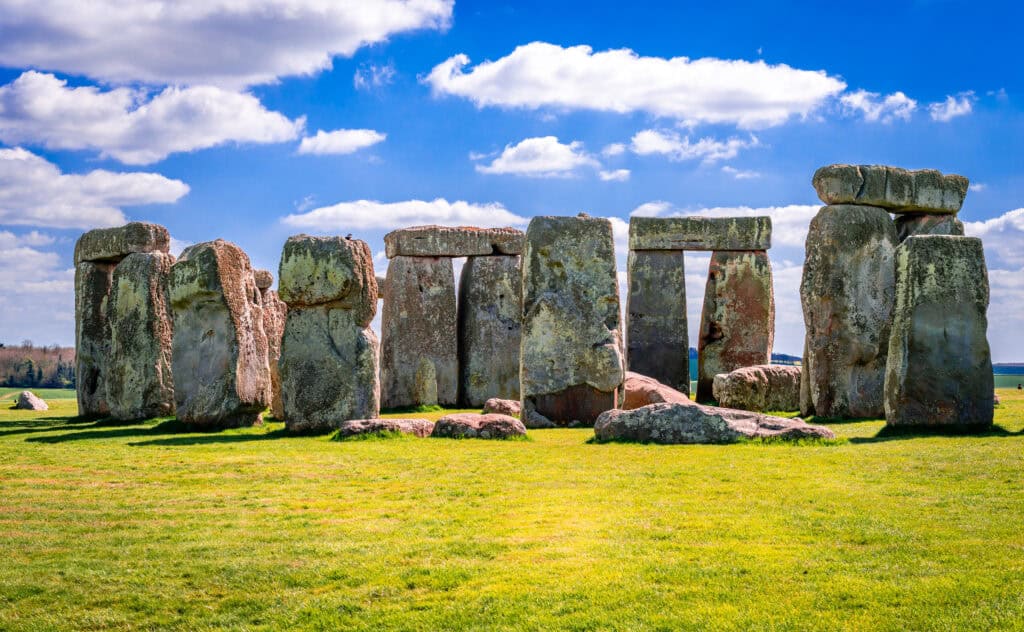
Stonehenge is perhaps the most famous stone circle in the world, located on Salisbury Plain in Wiltshire, England. This prehistoric monument, dating back to around 2500 BCE, consists of a ring of standing stones, some of which reach up to 30 feet tall. The structure’s exact purpose remains a subject of debate, with theories ranging from it being a burial ground to an astronomical calendar. What makes it peculiar is its alignment with the solstices, suggesting its use in observing celestial events. Additionally, the stones used, known as sarsens and bluestones, were transported over long distances, with the bluestones believed to have been moved from Wales. Its complex construction and astronomical precision have left scholars and visitors alike intrigued for centuries. Its cultural and historical significance has led to it being designated a UNESCO World Heritage Site.
Carnac Stones – France
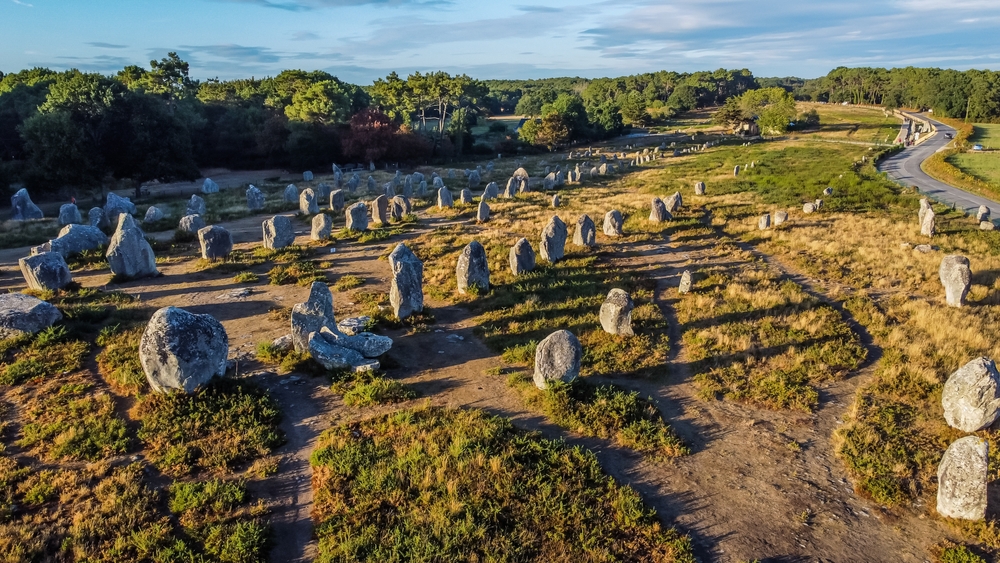
The Carnac Stones, located in Brittany, France, form one of the largest megalithic complexes in the world, consisting of over 3,000 standing stones spread across several alignments. Dating back to the Neolithic period, these stones are arranged in long rows that stretch for kilometers, with some reaching over four meters in height. Their purpose remains speculative, with suggestions ranging from ritualistic uses to astronomical functions. The sheer scale and number of stones at Carnac make it a unique site in the study of prehistoric cultures. Legends surround the stones, with one myth claiming they are Roman soldiers turned to stone by the wizard Merlin. The stones’ meticulous alignment with the rising sun and moon phases further hints at a deeper connection with celestial phenomena.
Almendres Cromlech – Portugal
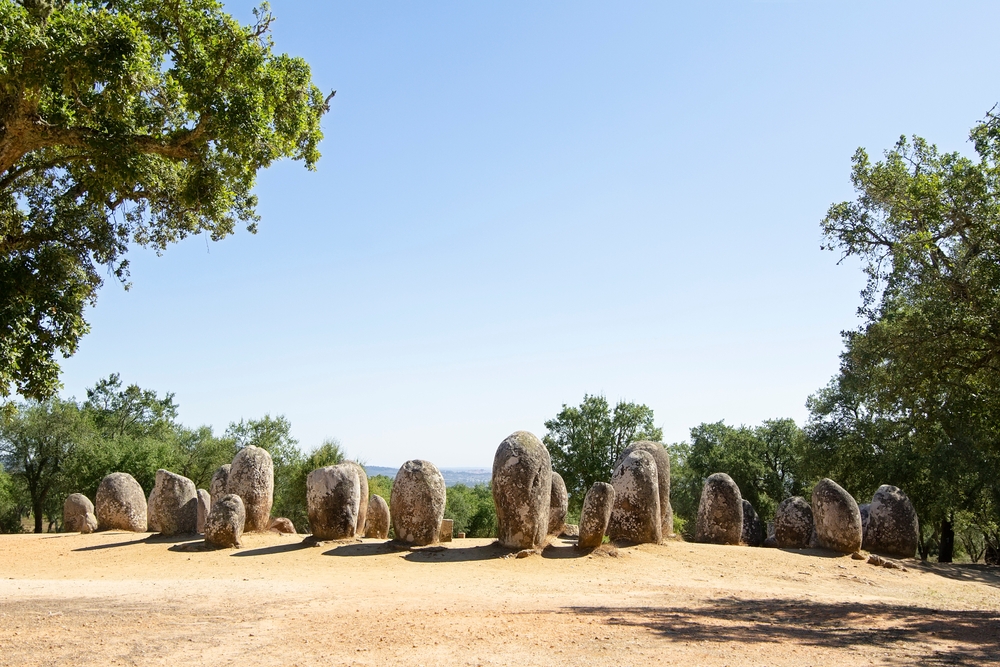
The Almendres Cromlech is located near Évora, Portugal, and is one of the largest stone circle complexes on the Iberian Peninsula. Comprising over 90 standing stones, this Neolithic site is believed to date back to around 6000 BCE. What sets it apart is its elliptical arrangement, with the stones positioned in such a way that suggests an astronomical or ritualistic purpose. Some stones are carved with primitive motifs, adding another layer of mystery to the site. Archaeological studies indicate that the site may have been used for agricultural rituals, marking the changing seasons. The meticulous organization of the stones and their alignment with celestial bodies make Almendres Cromlech a significant site for understanding prehistoric astronomical knowledge in Europe.
Avebury – England

Avebury, located in Wiltshire, England, is home to the largest stone circle in Europe, encompassing an entire village within its boundaries. Built around 2600 BCE, the Avebury stone circle is part of a larger Neolithic complex that includes burial mounds and ceremonial avenues. The circle itself consists of two smaller stone circles within a larger one, all surrounded by a massive earthwork ditch. Its purpose remains speculative, though it is believed to have been used for religious or ceremonial activities. Unlike Stonehenge, visitors to Avebury can walk among the stones, adding a unique experiential element to the site. The size of the circle and its integration with the landscape have led some researchers to suggest it played a central role in the region’s prehistoric culture.
Göbekli Tepe – Turkey
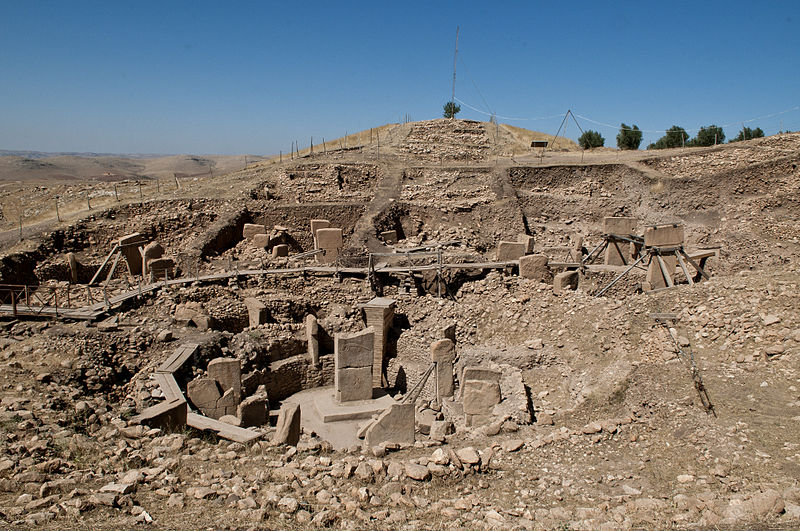
Göbekli Tepe, located in southeastern Turkey, is often considered the world’s oldest known temple complex, dating back to around 9600 BCE. This site features a series of massive stone pillars arranged in circles, some of which are adorned with intricate carvings of animals. What makes it particularly peculiar is that it predates the advent of agriculture, challenging previous notions about the development of human society. The pillars, some of which weigh up to 20 tons, were transported from nearby quarries, showcasing advanced engineering skills. The lack of evidence for permanent settlements in the area suggests that it may have been a pilgrimage site. The discovery of this complex has reshaped our understanding of the early development of human civilization.
Drombeg Stone Circle – Ireland
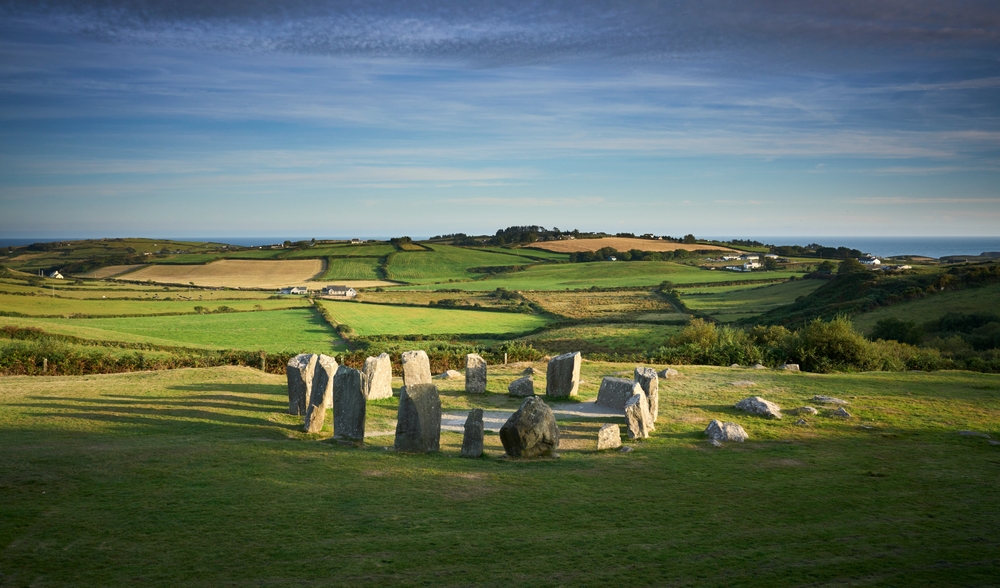
Drombeg Stone Circle, located in County Cork, Ireland, is a smaller yet equally mysterious stone circle dating back to around 1100 BCE. Consisting of 17 standing stones, the circle is aligned with the winter solstice, when the sun sets directly over the recumbent stone. Excavations at the site have revealed evidence of cremated human remains, suggesting a possible funerary function. What sets it apart from other stone circles is the discovery of a nearby fulacht fiadh, an ancient cooking pit, indicating that the site may have also had domestic or communal uses. The integration of both ritualistic and practical elements at Drombeg highlights the multifaceted nature of these ancient sites.
Nabta Playa – Egypt
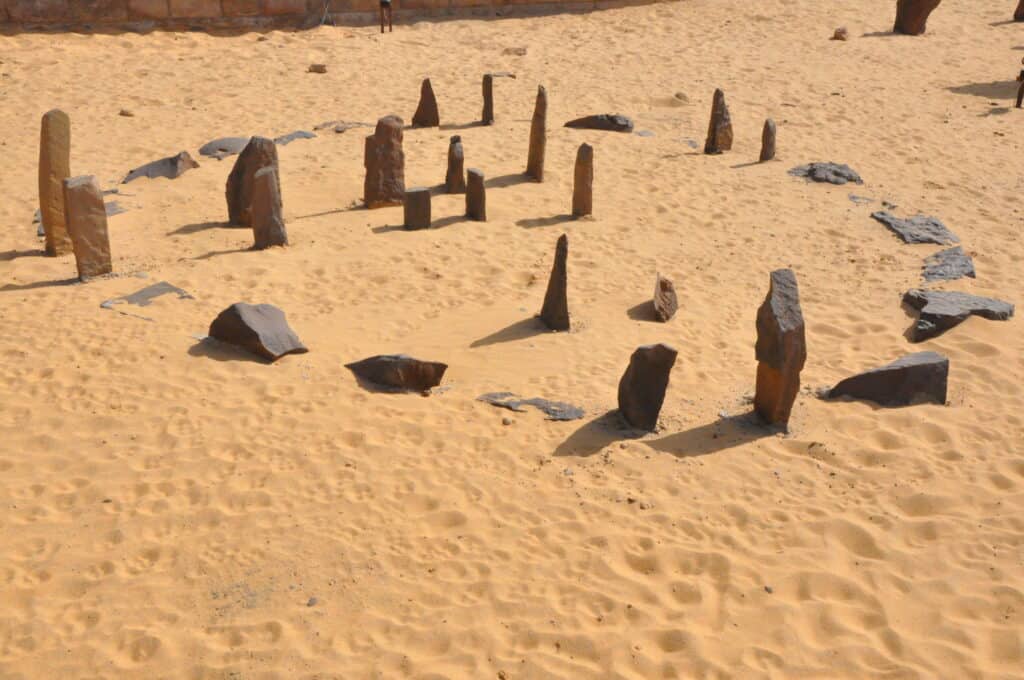
Nabta Playa, located in the Egyptian desert near the Sudanese border, is one of the oldest known astronomical alignments in the world, dating back to around 6000 BCE. This site consists of a series of stone circles and alignments that were likely used to mark the summer solstice, helping the inhabitants track seasonal changes in the harsh desert environment. The stones are arranged in a way that mirrors the layout of the stars, particularly Orion’s Belt, suggesting a deep connection between the site’s builders and the night sky. What makes it particularly peculiar is its location in a remote desert, far from any known ancient settlements, raising questions about who built the site and why.
This article originally appeared on Rarest.org.
More from Rarest.org
10 Endangered Cultural Practices Preserved by Indigenous Tribes

Indigenous tribes around the world hold a wealth of cultural practices that have endured for generations. Many of these traditions are at risk due to modernization, environmental changes, and external pressures. Read More.
11 Most Remote Islands That Are Surprisingly Inhabited

Remote islands capture the imagination with their isolation and rugged beauty. Surprisingly, many of these far-flung places are inhabited, despite their challenging locations. Read More.
16 Classic Trucks That Defined American Roadways

Classic trucks have long been a backbone of American roadways. Built for durability and performance, these trucks have earned their place in history. Read More.
